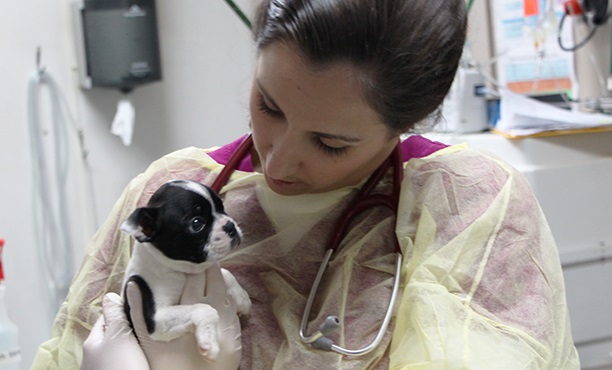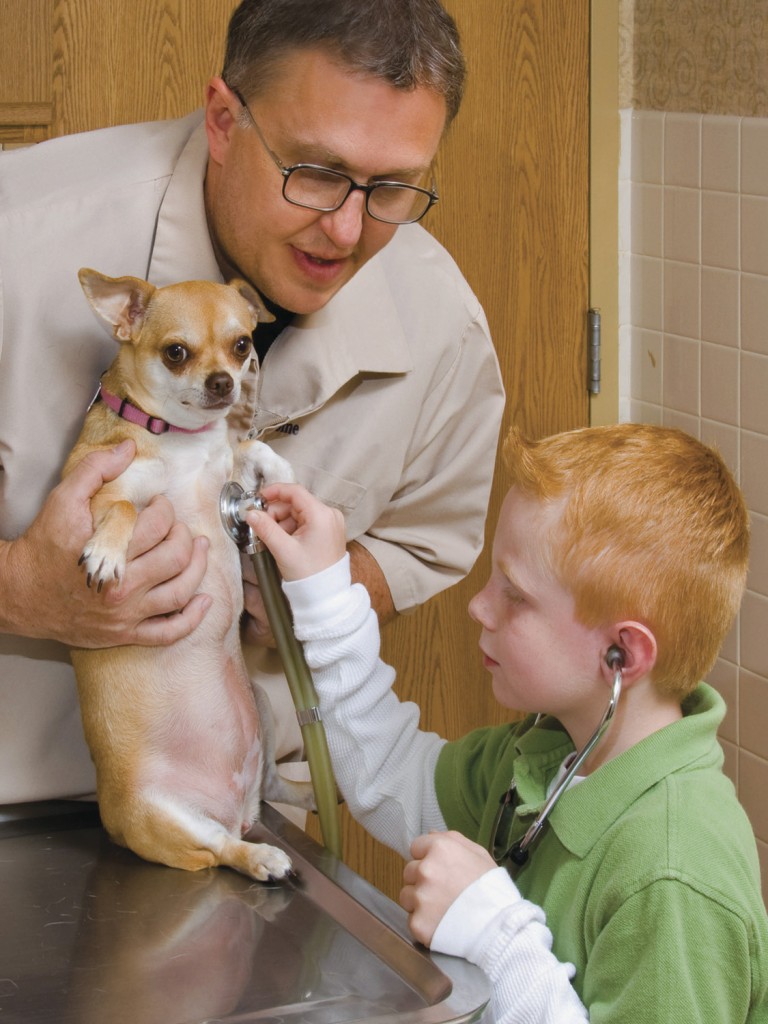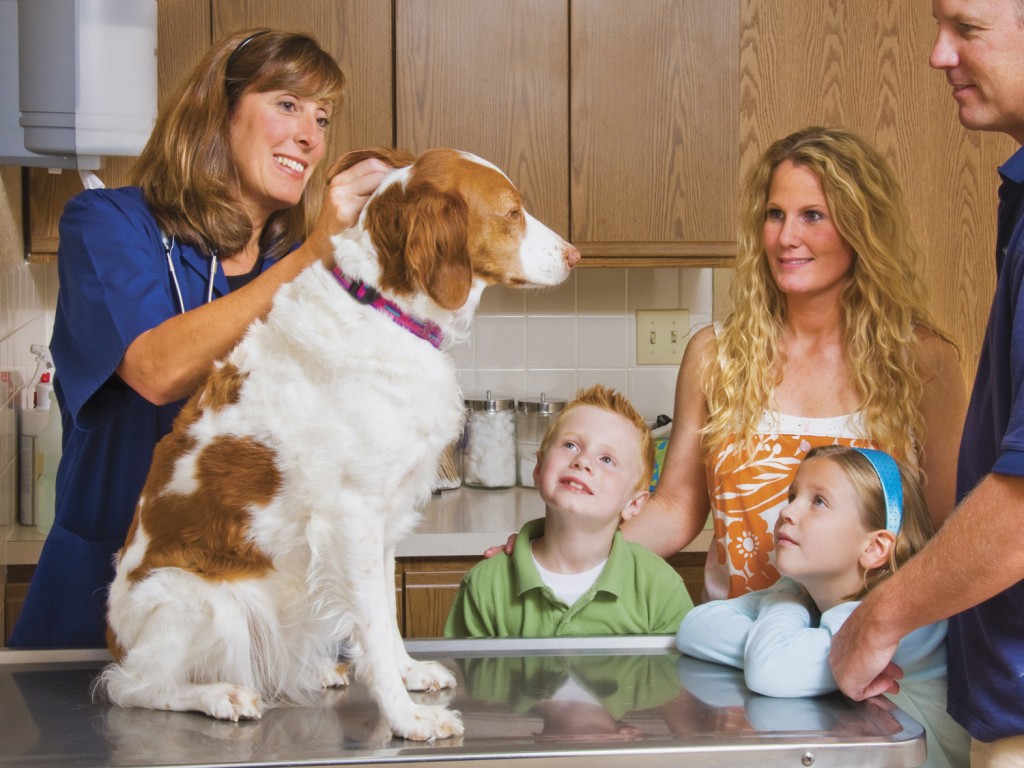Your dog, cat, puppy or kitten is eating normally, playing with as much energy and excitement as usual, and overall in a fabulous mood. No need to spend the time or money to visit the vet, right?
Not so fast. Most animals—dogs and cats in particular—are masters at disguising pain and illness, an instinctive survival strategy dating back to their undomesticated past. Any display of weakness made an animal a prime target for predators. The result: Your pets are hard-wired to do their best to prevent you from realizing that all is not well.
“Many people wait until their pet is showing obvious signs of distress to take it for an exam, but that’s a recipe for trouble,” says Dr. Mark Verdino, VP and Chief of Veterinary Staff at North Shore Animal League America’s Medical Center. “Dogs and cats age much more quickly than humans do, so a lot can change in a year.”
Even more important, your pet may have an early-stage illness that’s not showing any clinical signs. If caught and treated promptly, many conditions can be cured or easily managed; but when illnesses are left untreated for lengthy periods, the results can be much more complicated and costly to treat—or even fatal.
“Your veterinarian is trained to diagnose problems when they are small, before an owner may have noticed any symptoms at all,” says Dr. Marie Fecteau, a veterinarian with North Shore Animal League America. “With most medical issues, the prognosis for your pet is so much better if we find it early. Instead of long hospital stays with extensive treatment, a simple regimen of medication may be all that’s needed.”
So, hopefully you’re convinced that a wellness check-up is as important for your pet as it is for you! How often the exam should take place depends on your pet’s age and medical condition. Puppies and kittens should be examined every three to four weeks until about 16 weeks of age; adult cats and dogs with no known medical conditions should be seen annually; and senior pets (eight and older) should be seen twice a year. If your pet has any medical issues, ask your vet how often he or she should come in for checkups.
Also, any time you notice a change in your pet’s behavior, appetite or appearance, schedule an appointment. And keep the phone number of the closest emergency clinic near your telephone, in case you need immediate assistance after your veterinarian’s regular hours.
When you bring in your best friend for his or her “nose-to-tail” physical, your veterinarian will check your pet’s:
• Weight and temperature
• Gait and stance
• Alertness
• Skin and coat
• Eyes, ears and nose
• Teeth and gums
• Legs, joints and abdomen
• Heart and lungs
A thorough physical will also include blood work to provide a baseline and test for heartworm and other possible conditions; vaccinations and boosters, if they are due. And many vets will request a stool sample to check for parasites—especially important with puppies.
Expect your veterinarian to ask if there have been any changes in your pet’s eating habits; bowel movements or urination; breathing and activity level; and behavior, mood and sleeping patterns. Also, you will be asked if you are administering all-important preventative medications such as heartworm preventatives.
“It’s a great idea to write down any questions you might have before coming to the exam, so you don’t forget any details,” says Dr. Fecteau. “Don’t hesitate to mention any concerns you might have,” she adds. “There is no foolish question when it comes to the health of your beloved pets.”
Submitted by North Shore Animal League America
To learn more about keeping your pets safe and healthy at all times, visit www.AnimalLeague.org.





































